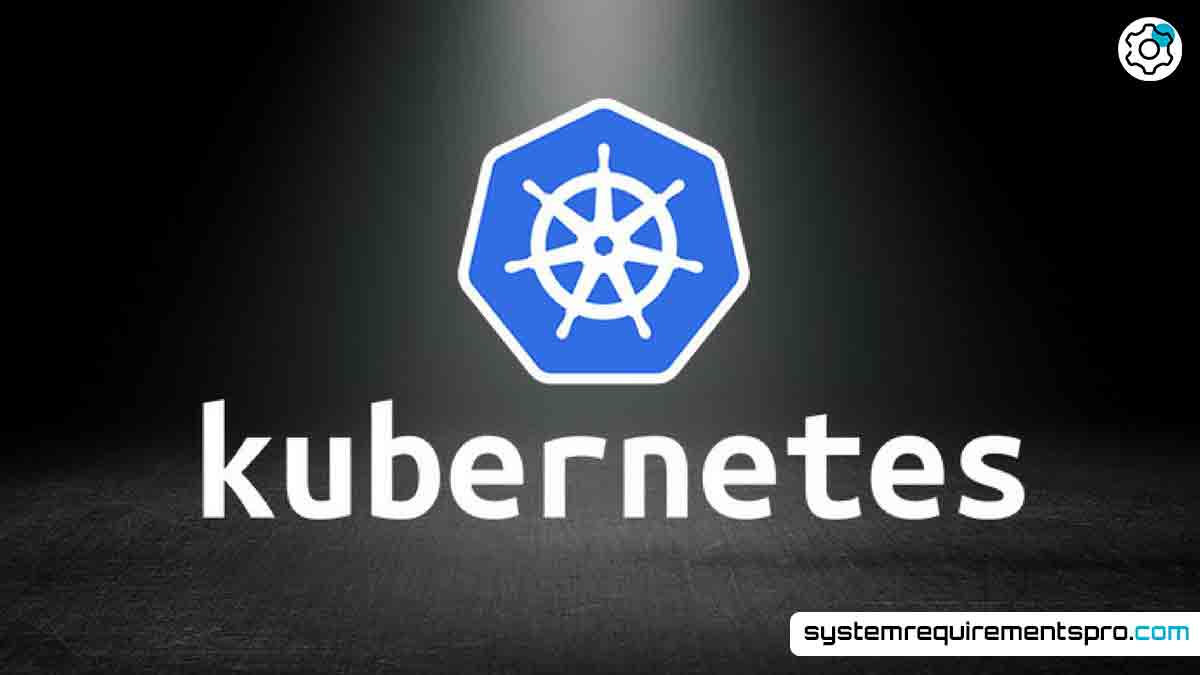Kubernetes is now the pillar of modern cloud-native infrastructure in the fast-paced realm of container orchestration. But without the proper basis, even the most potent instruments can fall short. Developing a stable, scalable, and high-performance cluster depends on knowing the Kubernetes system requirements. Whether you are building a local development environment or implementing a production-grade system, matching your hardware and software resources with Kubernetes’s requirements guarantees better performance and fewer problems down the road. To enable you to make wise decisions, let us explore the core of the Kubernetes system requirements.
Kubernetes Minimum System Requirements
Though Kubernetes is meant to be adaptable, cutting corners on resources might cause performance problems. Consider the following requirements for a basic configuration that can run a minimal cluster:
Minimum Requirements
Control Plane (Master Node)
- CPU: At least 2 cores for essential components like the API server, scheduler, and controller manager.
- RAM: Minimum 2 GB to handle core processes without significant lag.
- Storage: 20 GB of disk space for the operating system, Kubernetes binaries, and logs.
- Operating System: A Linux distribution such as Ubuntu, CentOS, or Red Hat Enterprise Linux (RHEL).
Worker Nodes
- CPU: 1 core per node to manage container workloads.
- RAM: 1 GB to support running pods and basic services.
- Storage: 15 GB for container images and ephemeral storage.
These specs are best suited for testing or small-scale environments, even though they can enable a cluster to run. Production demands more solid designs.
Kubernetes Recommended System Requirements
Meeting the recommended system requirements guarantees dependability, scalability, and effective resource use for companies hoping to implement Kubernetes in production.
Recommended Requirements
Control Plane (Master Node)
- CPU: 4+ cores to manage API traffic, node coordination, and cluster operations.
- RAM: 8 GB or higher to accommodate etcd (the key-value store), API server, and auditing tools.
- Storage: 40 GB+ SSD for faster data access and reduced latency in etcd operations.
- Networking: A stable network interface with low latency (1 Gbps or higher) for inter-node communication.
Worker Nodes
- CPU: 2-4 cores per node, depending on workload intensity (e.g., CPU-heavy applications like AI/ML).
- RAM: 4-8 GB to handle multiple pods and services concurrently.
- Storage: 50 GB+ to store container images, logs, and temporary data.
These suggestions follow the demands of your application. Clusters managing real-time analytics or microservices, for example, could call for different resources.
Kubernetes System Requirements PC: Minimum vs Recommended
Starting Kubernetes on a personal computer or small server? Here is a brief comparison to help with your configuration:
| Category | Minimum Requirements | Recommended Requirements |
|---|---|---|
| CPU Requirements | 2 cores (Master), 1 core (Worker) | 4 cores (Master), 4 cores (Worker) |
| RAM Requirements | 2 GB (Master), 1 GB (Worker) | 8 GB (Master), 8 GB (Worker) |
| Storage Requirements | 20 GB (Master), 15 GB (Worker) | 40 GB SSD (Master), 50 GB (Worker) |
| OS Requirements | Linux (Ubuntu/CentOS) | Linux with kernel 4.0+ |
| Network Requirements | 100 Mbps | 1 Gbps |
The recommended configuration future-proofs your cluster and supports real-world workloads, while the minimum specs are sufficient for learning or prototyping.
Optimization Tips for Kubernetes Software
Meeting the system requirements is just the first step. Optimizing your Kubernetes environment is where the magic happens:
- Resource Quotas: Set CPU and memory limits for namespaces to stop resource hogging.
- Horizontal Pod Autoscaling: Let the number of pods scale based on traffic.
- Monitoring Tools: Integrate Prometheus or Grafana to see cluster health and resource usage.
- Optimize Container Images: Use lightweight base images to reduce storage and startup time.
- Node Affinity: Schedule pods on nodes with enough resources to avoid overload.
- Network Policies: Use CNI plugins like Calico or Cilium to simplify network traffic.
Auditing your cluster regularly will help you find underutilized or overburdened nodes.
Conclusion
For contemporary applications, Kubernetes provides unmatched scalability, but its promise depends on appropriate infrastructure design. Whether for a local PC or a large cloud environment, by matching your hardware and software with Kubernetes system requirements, you build a strong basis for your workloads. Optimise resource allocation, give the recommended production system specifications top priority, and continue to monitor. Your Kubernetes cluster will not only satisfy today’s needs but also fit naturally to tomorrow’s challenges with the correct configuration.
Frequently Asked Questions
Can I run Kubernetes on a laptop for testing?
Yes! Minikube or Kind lets you run single-node clusters on a laptop if you meet the CPU and RAM requirements.
Does Kubernetes work on Windows?
Control planes run on Linux, but you can have Windows worker nodes for Windows containers.
Are cloud environments better for Kubernetes?
Cloud makes scaling and networking easier, but on-premises is just as good with the right hardware.
How do I scale Kubernetes clusters?
Start with auto-scaling features like Cluster Autoscaler, which adjusts node count based on workload.
What’s the biggest mistake to avoid with Kubernetes system requirements?
Underestimating storage. Slow disks or not enough space will kill etcd and pod performance.
We hope that you have found the answer to the system requirements for Kubernetes. Follow System Requirements Pro for more such updates, and bookmark this page to get the latest updates on the system requirements for Kubernetes.

